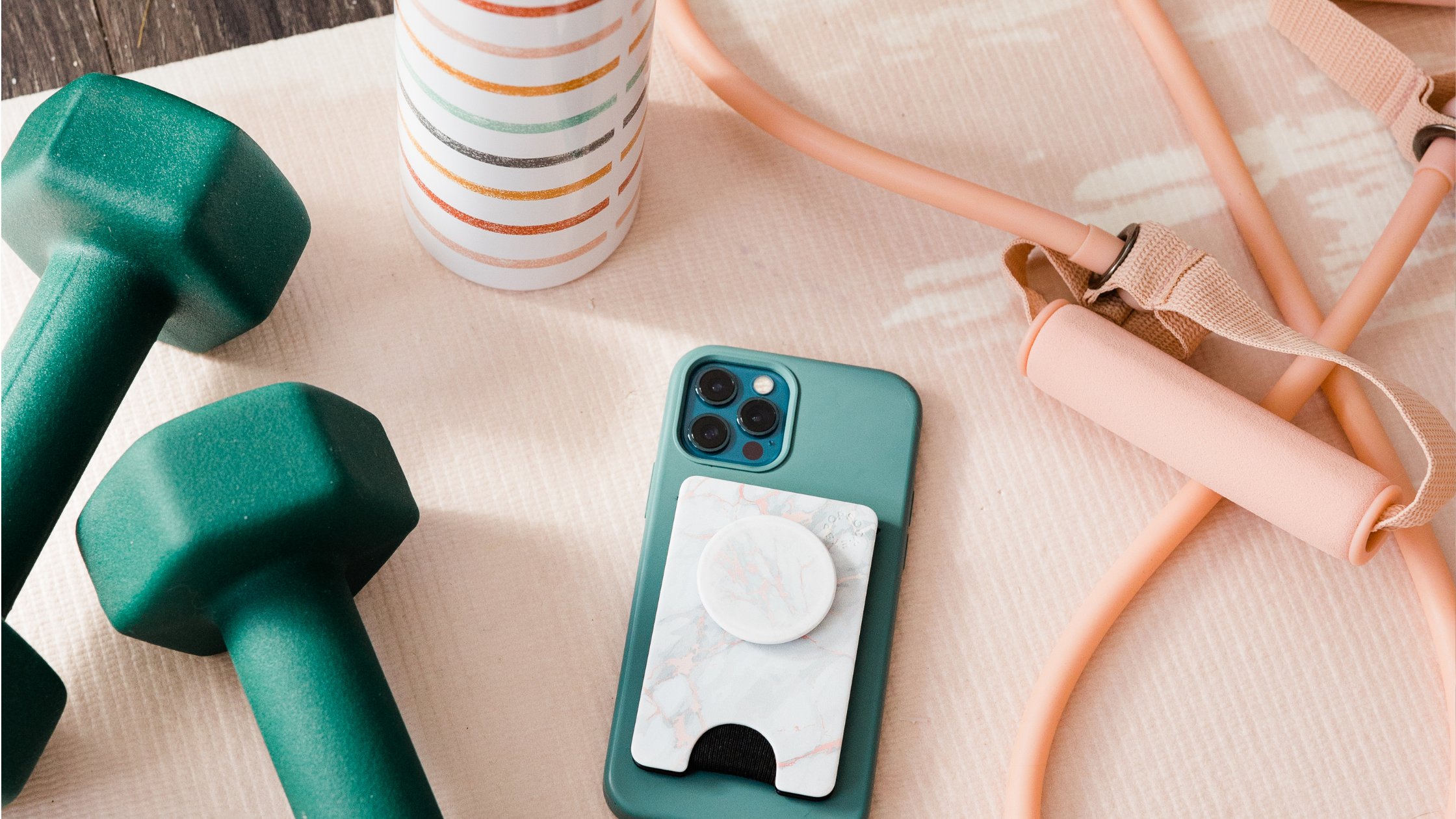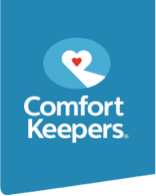Elements of a Good Exercise Program for Older Adults
Exercising improves bodies, including those of people 65 years of age and older. Depending on the components in a workout, the advantages of a fitness routine for older adults are improvements in balance, flexibility, endurance, cardio capacity, metabolism and muscle mass.
With so many exercises available, some are sure to fit anyone's abilities or level of fitness. A well-balanced workout schedule for older adults in good health includes strength training, flexibility exercises and cardio exercises.
Strength training and flexibility exercises target the body's major muscle groups. They are the shoulders, upper arms, back, chest and abdomen for the upper body. For the lower body, the focus is on the thighs, hips, knees, legs and ankles.
Seniors who have health problems can exercise too. Ideally, they need to get their physician's okay first, with any recommended restrictions. People who don't have easy access to medical care should remember to take it slow and easy when beginning a fitness program.
People who are going to work out should wear walking, running or cross-training shoes. Shoes with rubber soles are ideal, but whatever footwear is chosen, ensure that the soles aren't too thick, which could lead to tripping.
Strength Training
Strength training beefs up and tones the muscles, leads to better coordination, balance and movement, improves endurance, helps to maintain bone density, and lessens the risks of falls. Trainers advise doing these exercises three times times a week, but not on back-to-back days.
Senior citizens who are new to exercising or who are returning after a layoff can start small. For instance, they may begin by lifting light free weights--2-pound dumbbells for women and3-pound dumbbells for men. In pursuing fitness, older adults can do 15 repetitions for each exercise and then work up to a higher weight of perhaps 5 pounds after about three months.
Men and women who prefer not to use dumbbells, can practice strength training by using their own body weight. For example, they can do toe taps to strengthen their lower legs. Begin by sitting in a chair and placing the feet flat on the floor. Lift the toes until feeling tension in the calves. Repeat 20 times.
Starting with a machine is easier for some older adults than beginning with free weights like dumbbells, because they don't have to hold them in their hands and worry about dropping them. One machine to consider is the rotary chest press, which is found in many gyms. Users take a seat on the machine, choose the weight they want to lift, engage their legs, hips and arms properly and then begin.
One Exercise Modified for Good Strength-Training Results
Very effective exercises have been modified for the capabilities of large numbers of older adults. For instance, instead of doing traditional pushups on the floor, senior adults can do wall pushups. They're good for the shoulders, arms and chest.
Face a wall at a distance a little more than arm's length away. Lean the upper body forward and place palms of hands flat against the wall at shoulder height and shoulder width. Bend elbows to lower upper body slowly toward the wall. Hold for 4 counts and then raise upper body back up. Repeat 10 times. Rest for 1 minute before repeating the set.
Flexibility and Balance
Targeting flexibility is the second element of a well-rounded fitness routine. To work on the body's suppleness, begin with warm muscles, which may be gained by taking a hot shower or a walk.
One exercise for calves calls for standing on a step or raised surface and taking the right heel back off the step, and then lowering it to feel stretch in the calf. Hold for 15 to 30 seconds before switching legs. People who want more stability can hold onto the rail of the stairs.
To work on balance, stand erect with arms at the sides. Step straight ahead with the right foot and hold the position for 10 seconds. Return the foot to its original position. Step forward with the left foot, holding the position for 10 seconds. Return the foot to its original position.
A chair without arms placed by a person's side helps the individual in need of something to hold onto for stability. Masking tape placed on the floor assists in sighting a straight line. Older adults can do balance and flexility exercises seven days a week.
Cardio and Its Benefits
As for cardio workouts, older adults can try biking, walking, water aerobics, aerobics, jazz exercise and other low-impact activities. People who are new to cardio or returning to it after a layoff may want to take a gradual approach by doing a few minutes a day to start with. This builds endurance. Each week, practitioners can add more minutes until they reach 30 minutes or more.
Some trainers recommend that older adults get about 150 minutes of low-impact cardio a week. To get to this level, some people may choose to work out two or three times a day for 10 or 15 minutes each time. Cardio may be done five days a week with two days off for rest.
Age is no barrier to exercise. No matter what the physical or medical condition of a person, there are workouts to help make their lives better. Furthermore, an exercise program for older adults is possible without expensive or space-grabbing equipment, or even a gym membership. Many exercises can be done at home. Online resources, books, videos and even organizations that help seniors are resources to explore.










